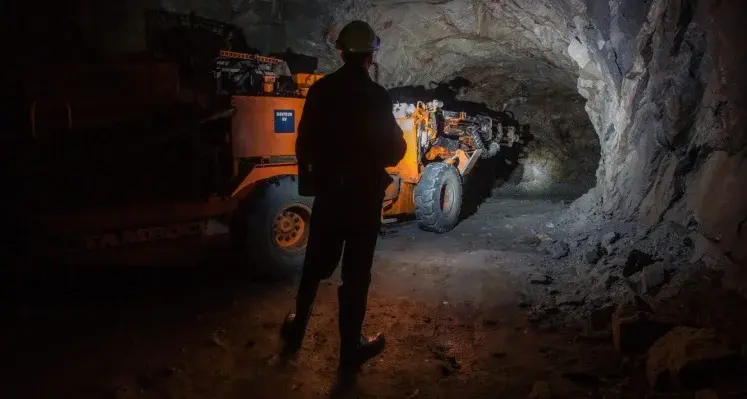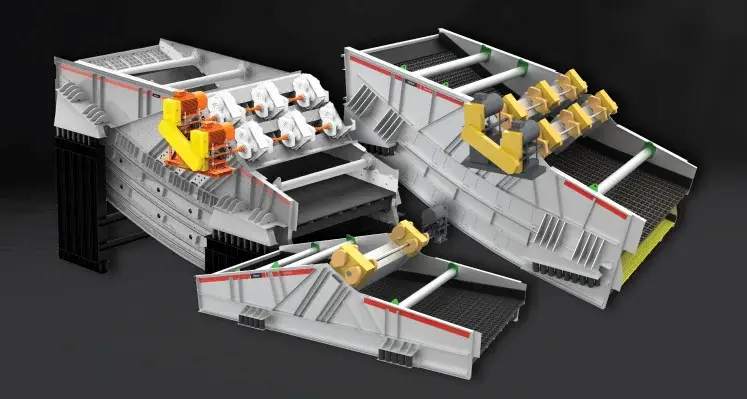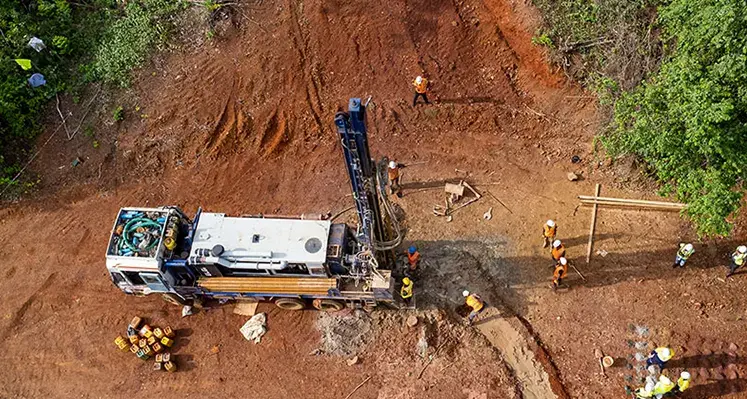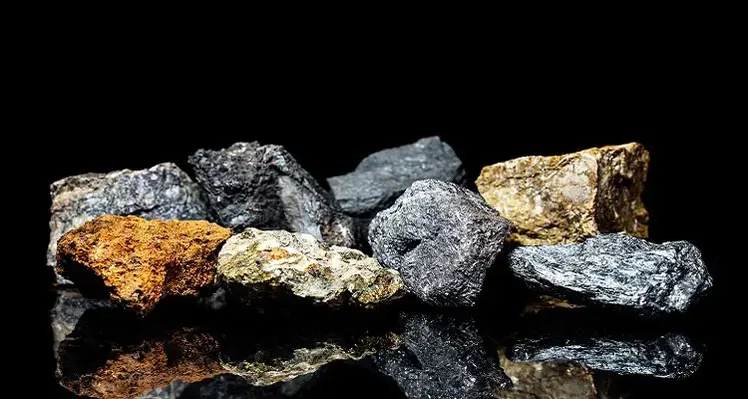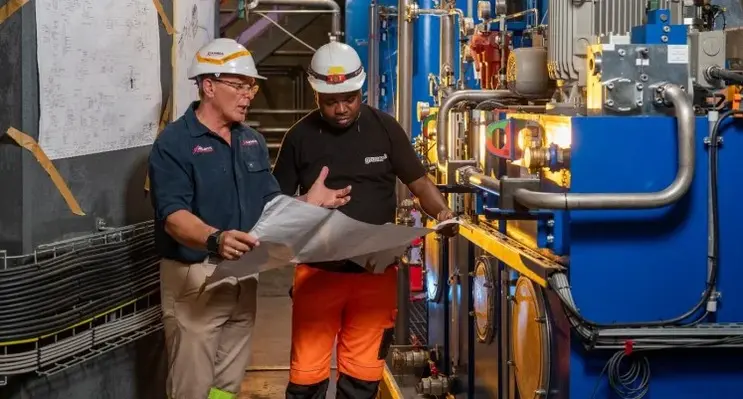
A renewed surge of hydropower from Inga II signals a defining clean-energy shift for the Kamoa-Kakula mine. (Image source: Ivanhoe Mines)
Ivanhoe Mines has confirmed that the Kamoa-Kakula Copper Complex is now receiving its first 50 MW of clean hydroelectric power from the newly refurbished Turbine #5 at the Inga II dam in the Democratic Republic of Congo (DRC)
The 178 MW unit, which has undergone a full mechanical and electrical overhaul, marks a major step forward in securing long-term renewable power for one of Africa’s largest copper operations.
Installation and commissioning of replacement equipment for Turbine #5 were completed between the third and fourth quarters of 2025. Following synchronisation and energisation in early Q4 2025, the turbine has ramped up to full output and is currently delivering approximately 180 MW of hydropower into the national grid.
Kamoa-Kakula is initially receiving 50 MW of this supply, bringing its total domestically sourced power to around 110 MW. Power deliveries from Inga II are expected to increase to 100 MW in the first quarter of 2026 and later rise to 150 MW once key grid upgrades are finalized.
Ongoing infrastructure improvements are focused on strengthening substations at Inga (SCI) and Kolwezi (SCK). The first component, a resistor bank upgrade at the Inga substation, was completed in May 2025. Matching upgrades at Kolwezi are expected shortly, improving voltage stability to the mine.
A new static compensator at Kolwezi is scheduled for completion in early Q1 2026, enabling power transmission to reach 100 MW. Additional upgrades to filter banks at both substations will be rolled out over the next 18 months, supporting an increase to 150 MW of delivered power during the first half of 2027. By the end of 2027, Kamoa-Kakula is projected to have access to roughly 210 MW of domestically sourced renewable energy.
Updated projections show the copper complex’s total power demand rising from 208 MW in December 2025 to 347 MW by December 2028. Supply will be met through a combination of SNEL grid power, third-party imports, on-site solar generation, and backup generators.
The refurbishment of Turbine #5 was carried out in partnership with the DRC power utility SNEL, engineering firms Gruner Stucky AG and VOITH, and Kamoa Copper’s project teams. Representatives from these organisations recently visited the turbine hall at Inga II to review commissioning progress and mark the return of the turbine to full operation.
Technical disclosures in this update have been reviewed and approved by Steve Amos, Ivanhoe Mines’ Executive Vice President, Projects, who is a Qualified Person under NI 43-101. Further technical information is available in the Kamoa-Kakula Integrated Development Plan 2023 Technical Report, accessible on Ivanhoe Mines’ website and through its SEDAR+ profile.




